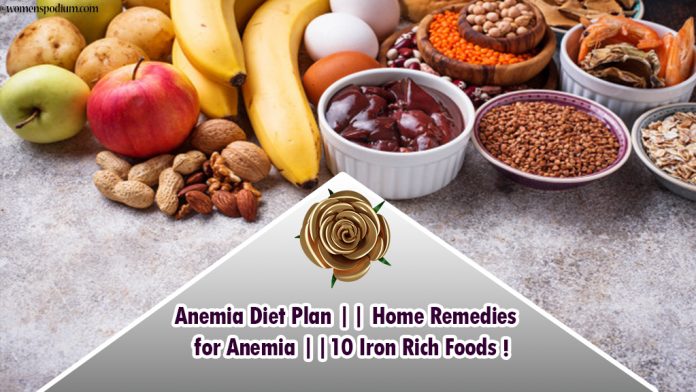
The human body is quite complex, so is its care. That needs you to be extra watchful when it concerns your health. Routine health check-up, a balanced diet, following a regular exercise routine or practicing yoga to control body weight, release stress, and a stable mental balance are mandatory for all of us. When we talk about deficiencies, the most commonly prevailed are iron and calcium deficiencies. As this article is about Anemia, we are sticking to it; if you are anemic, ensure you must be watchful if you are anemic, following an anemia diet plan with proven home remedies for anemia and your doctor advice a must.
What is Anemia?
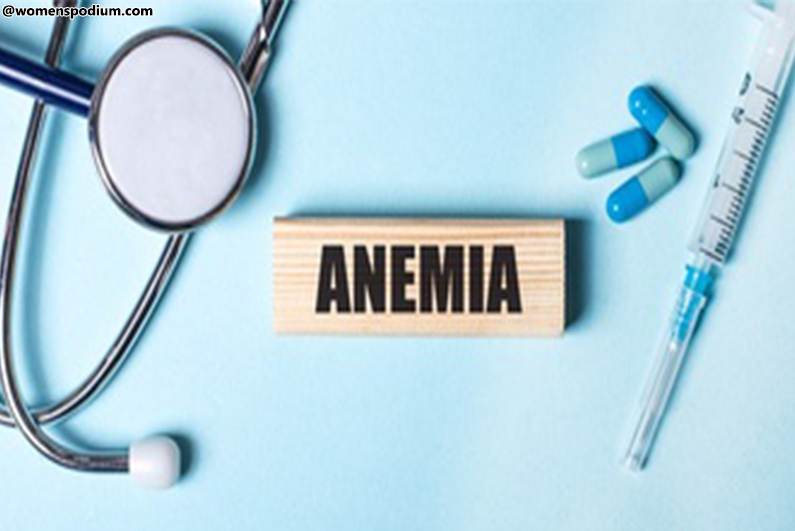
Anemia is one of the most common blood disorders that generally occur when healthy red blood cells (RBC) in the body become too low. Healthy red blood cells are crucial to the body as it contains hemoglobin, which carries oxygen to every tissue. Common complications include fatigue and stress on bodily organs.
What Causes Anemia?
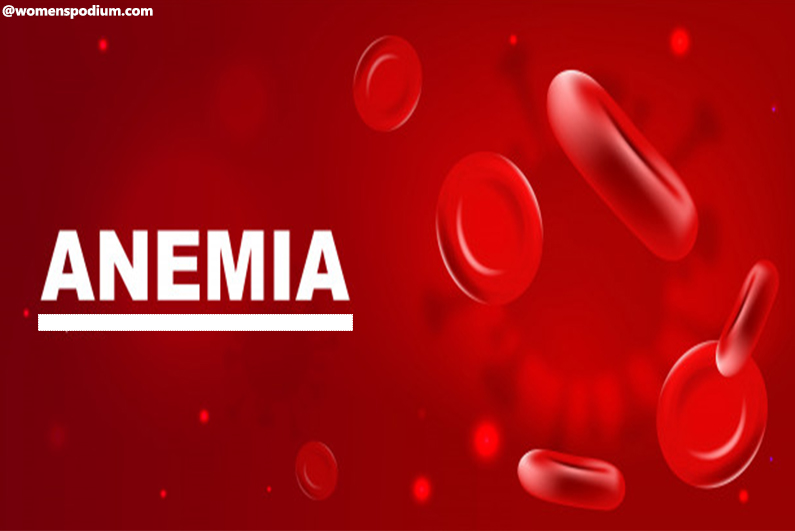
Many things can cause Anemia; three main bodily mechanisms can also cause anemia:
- Excessive destruction of RBCs
- Blood loss
- Inadequate production of RBCs in the body
Some types of anemia are inherited or caused due to genetic defects. For example, Sickle cell anemia occurs most frequently in African people, African-American, and the Mediterranean. Another type of anemia is ‘Thalassemia’ or Cooley’s anemia; it is also common in the Mediterranean and Southeast Asian people. Fanconi anemia is also an inherited type of anemia, but it is very rarely found.
Iron Deficiency

However, the most common cause for having anemia is iron deficiency. Iron deficiency in the body occurs when its intake is insufficient or significant blood loss. Anemia is often known to be the first symptom of many other ailments, including arthritis, infection, and major illness, like cancer. Some chronic inflammation, drug use, hemorrhoids, thyroid disorders, liver damage, and dietary deficiencies are among the few of the many ailments that can also promote anemia.
Consult your Physician for Right Diagnosis

Although iron deficiency anemia is common, but health care provider only can accurately make this diagnosis. It is because; there are many symptoms of anemia that are common to other nutritional deficiencies. So if you take iron supplements without any medical guidance, it is not safe because supplements may contain more than the recommended doses of certain constituents. Higher iron intake may cause a high iron level, leading to zinc and copper deficiency. You have to be very careful because eliminating the excess iron level in the body is not easy and may cause iron overload.
What is Hemochromatosis?
Hemochromatosis is a rare genetic disease in which patients absorb too much iron. If a person is prone to hemochromatosis and takes iron supplements, it will be too harmful to take iron supplements. Therefore, you should consult your health care provider before taking any iron supplements.
Herbal Supplements
There are also many herbal supplements available in the market, which is a natural way to cure anemic patients. Herbal remedies are a natural way and an excellent alternative, along with iron supplements. Every traditional herbal system, such as Ayurveda, the Chinese herbal system possesses its own recommended list of herbs for anemia.
Effective Home Remedies for Anemia Diet Plan – Food Rich in Iron
Although after a thorough body checkup and diagnosis, when you find you are anemic, consult with your physician and follow whatever medication prescribes you. Also, try these easy and effective home remedies as anemia diet plan that can elevate your iron reserves to boost your energy and stamina.
1. Moringa Leaves

Moringa leaves are instilled with plentiful amounts of iron, vitamins A, C, and magnesium; due to their medicinal qualities and health benefits, they help treating anemia and sickle cell disease. Moringa has antifungal, antiviral, antidepressant, and anti-inflammatory properties; they are low in fats and contain no harmful cholesterol. Native to the Indian subcontinent, moringas are a fast-growing, drought-resistant plant of the family Moringaceae, often called the miracle tree, the drumstick tree, the ben oil tree, or the horseradish tree. When you consume moringa, your body absorbs more iron, improving the hemoglobin level and increasing red blood cell count efficiently.
Take around 25 to 30 moringa leaves, chop them finely, grind and make a paste, add two teaspoons of jaggery powder and mix well. Have this in your breakfast to improve your iron levels.
2. Yellow Dock Tea
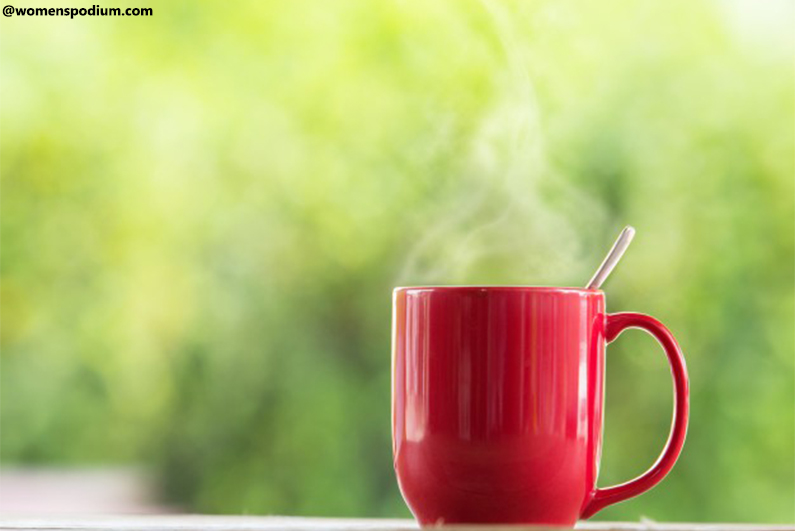
Rich in iron content, the yellow dock is a herb renowned by other names like curly dock, curled dock, and Rumex Crispus. Native to Europe and Western Asia this Polygonaceae perennial flowering plant comes with many health benefits and quite an excellent natural remedy for anemic patients. Leaf stalks are used in salads, roots, and fruits for medicinal use.
Yellow dock is popularly used for curing general weakness, loss of strength, headaches, depression, and irritability. It is also helpful to provide calming and healing effects for swollen and irritating skin conditions. Although yellow dock tea tastes bitter, its roots are high in iron; it is an effective herbal remedy for anemia.
3. Beets
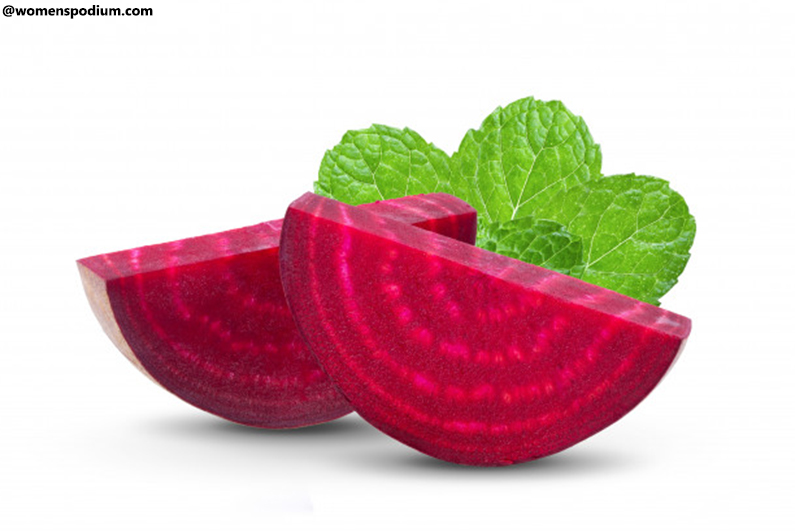
Beets are rich in iron, copper, phosphorus, magnesium, vitamins B1, B2, B6, B12, and C. The abundance of nutrients in beets gains in spurring red blood cell production in the body and improves the hemoglobin level.
Consume it as a salad or make beet juice, take a blender, add about two cups of chopped beetroot, blend well, strain the juice further to enhance the flavor, add a teaspoon of lemon juice and drink this wondrous juice regularly in the morning. Adding lemon juice enhances the absorption of iron. Even if it is mix with other vegetable juices like carrot help a lot in dealing with the anemic patient.
4. Thyme
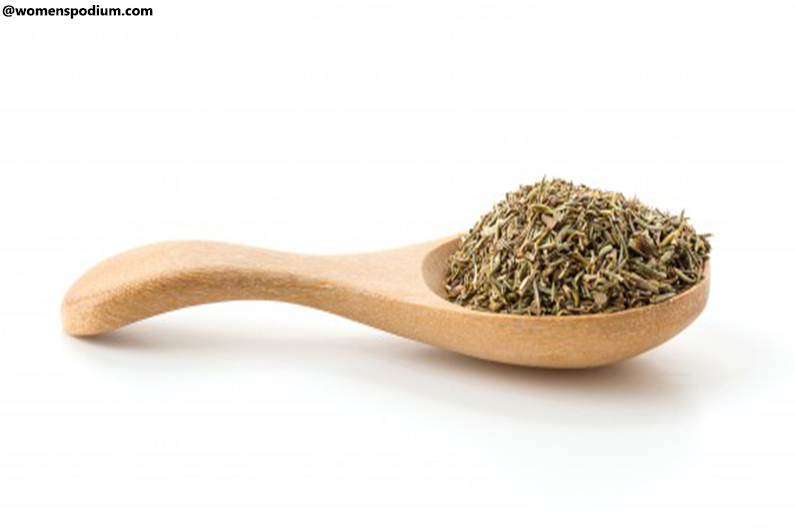
Dried thyme is a popular culinary herb with the highest iron content, containing 1.2 mg per dried teaspoon or, in other words, 6.1 mg per 5 gm. It is an excellent nutritional powerhouse, and research has associated it with health benefits from fighting bacterial infections, bronchitis to improving your mood.
Spattering a small amount on each meal is a helpful strategy for those wanting to increase their iron intake.
5. Sesame Seeds
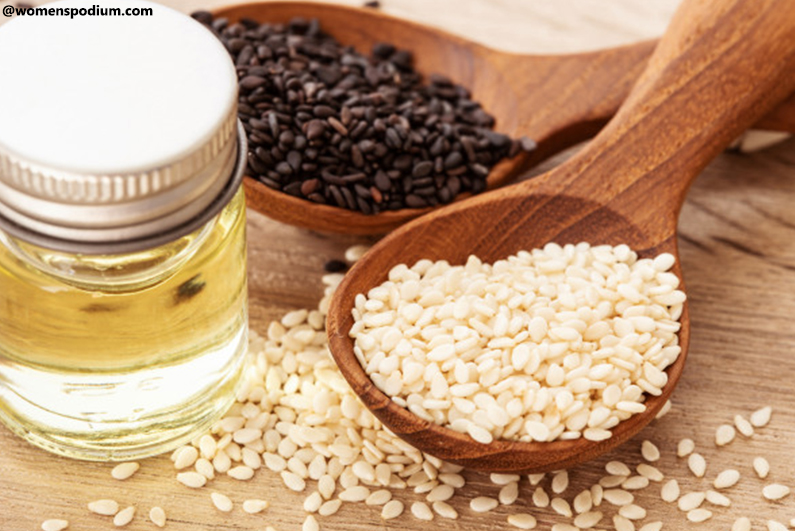
Sesame seeds are high in iron, zinc, folate, copper, selenium, vitamin B6, and E. Regular consumption of black sesame seeds improves hemoglobin levels and promotes iron absorption.
Take about two tablespoons of black sesame seeds, dry roast it for 2-5 minutes in a medium-low frame, blend with a teaspoon of honey and toss into a ball. Take this nutritious sweet regularly after your meal to boost your iron levels.
6. Dates And Raisins
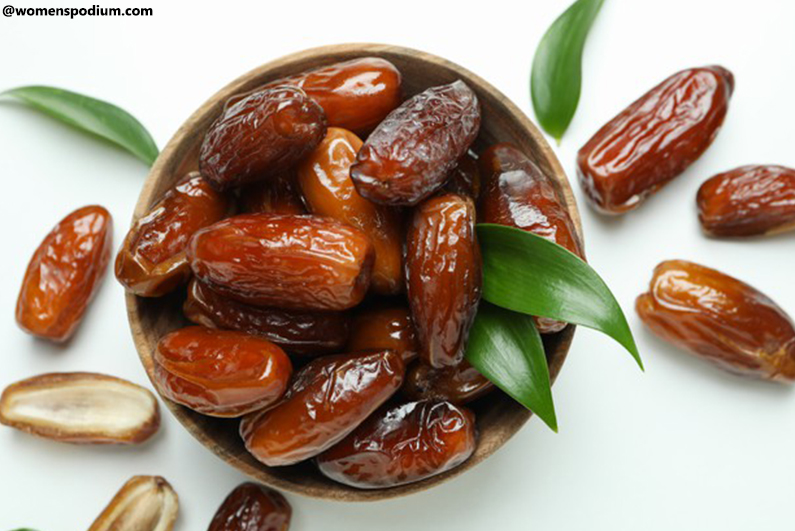
These dry fruits combination comes with a richness of iron, copper, magnesium, vitamins A and C. Adding these dry fruits to your meal plan helps to reinforce the immune system and promote iron absorption.
Have 2-3 dates and 3-10 raisins as a snack, or in breakfast or when you have sugar cravings; consuming this provides you with instant energy and increases iron levels.
Also Read: As Vitamin-A rich foods are important for your immune system, you should incorporate them in your diet.
7. Stinging Nettle
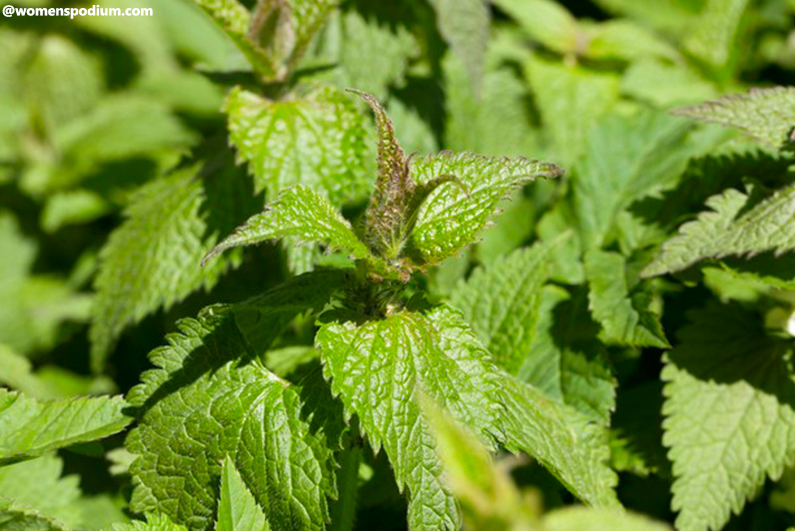
Imbued with herbal properties, the stinging nettles are typical plants in many areas of the world. Nettle, used as an astringent and expectorant, has galactagogue, anti-inflammatory, and diuretic properties. It has been used from ancient times to treat rheumatism, eczema, arthritis, gout, and anemia. Apart from its uses to treat anemia, it is also instrumental in treating nervous eczema.
Nettle leaves contain iron and vitamin C; you can use the dried leaves in nettle tea which is high in iron, and if you want to cook it, treat the cooked nettle leaves as you would treat cooked spinach leaves.
8. Dandelion
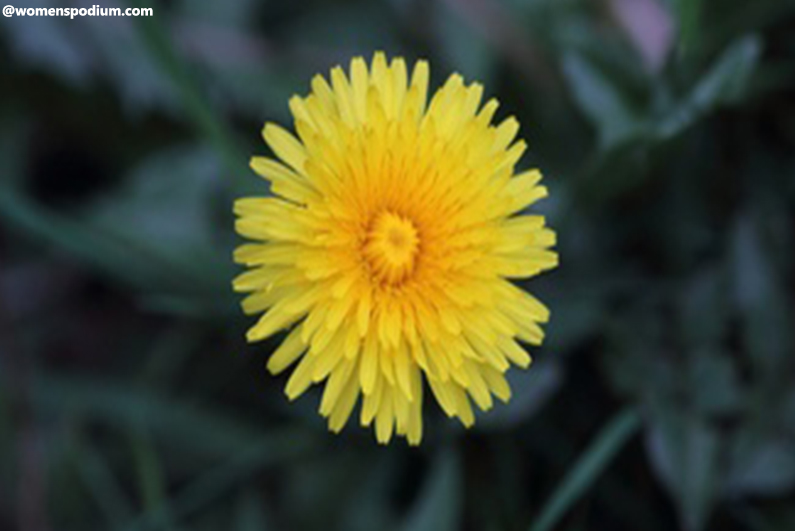
Earlier native to Europe but now found throughout northern temperate zones, Dandelion is a great source of vitamins and minerals and exceptionally high in vitamins A and C and iron, carrying more iron and calcium than spinach. It contains more carotene as compared to the carotene in carrots. Herbalists have used dandelion for many generations to treat anemic patients for folic acid, vitamin B12, and iron deficiencies. When mix together, dandelion with burdock root is said to help treat the anemic patient, plus supports our body to absorb iron from the food in a much better way.
9. Dark Green Leafy Vegetables
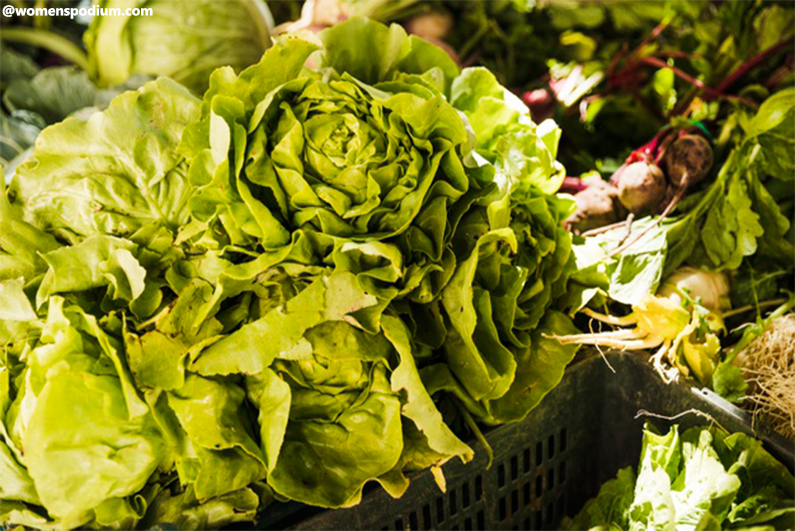
Leafy greens veggies, such as spinach, beet greens, kale, collard, and swiss chard, when cooked contain between 2.5 to 6.4 mg of iron per cup. Well, among other green leafy vegetables, spinach is widely used for years to treat anemic problems. This is because spinach has high iron content and highly nutritious. It helps combat fatigue, boosts energy levels, increases brain function, and reduces age-related cognitive issues.
Also Read: Vegetarian diet plan might feel bland for some people, but it is not challenging to become a vegetarian for living healthy.
10. Nuts and Seeds
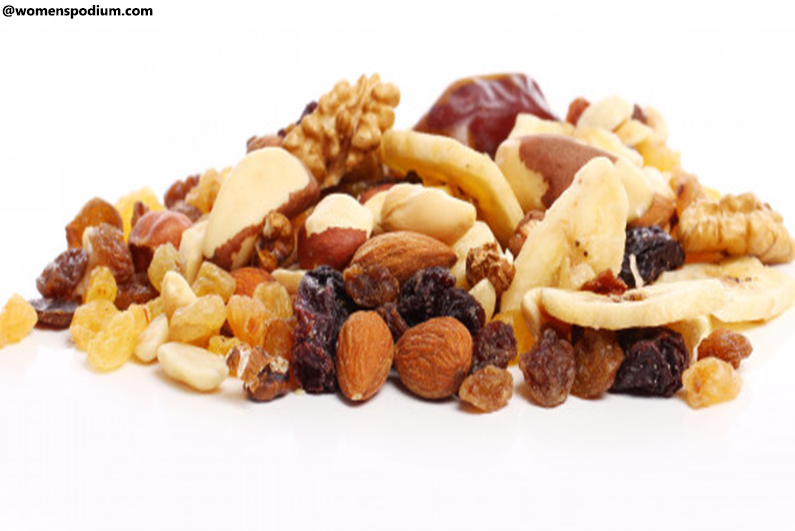
Seeds and nuts are good sources of non-heme iron and an assemblage of proteins, vitamins, minerals, antioxidants, fiber, healthy fats, and beneficial plant compounds. If you are anemic and want to increase daily iron intake, add varieties of nuts and seeds to your diet, containing the highest amounts.
- Pumpkin, hemp, sesame, and flaxseeds are richest in iron, even various edible products from these seeds are also worth considering.
- Nuts and nut butter contain quite a bit of non-heme iron, such as almonds, cashews, pine nuts, and macadamia nuts contain between 1–1.6 mg of iron per ounce.
Add a small portion to your platter each day. Also blanching or roasting nuts may damage their nutrients, consuming it as raw and unblenched is better. As for nut butter, it’s best to choose a 100% natural variety to avoid an unnecessary dose of added oils, sugars and salt.
Must Remember these points
When following an anemia diet plan or home remedies for anemia, make sure to remember these guidelines:
- Some foods and beverages hinder and block iron absorption, so when following an anemia diet plan, don’t eat iron-rich foods with foods rich in calcium, coffee, tea, eggs, or foods high in oxalates.
- To improve iron absorption, take iron-rich foods with vitamin C- rich foods such as tomatoes, oranges, lemon, strawberries.
- Food containing beta carotene such as beets, red bell peppers, apricots helps improving iron absorption, so try eating them together with some combination.
- To boost your iron level, eat various heme and nonheme iron foods any time throughout the day.
- To increase iron absorption, eating heme and nonheme iron foods together is advisable.
- Foods rich in vitamin B-12 and folate support red blood cell production, so ensure to include them in your anemia diet plan.





